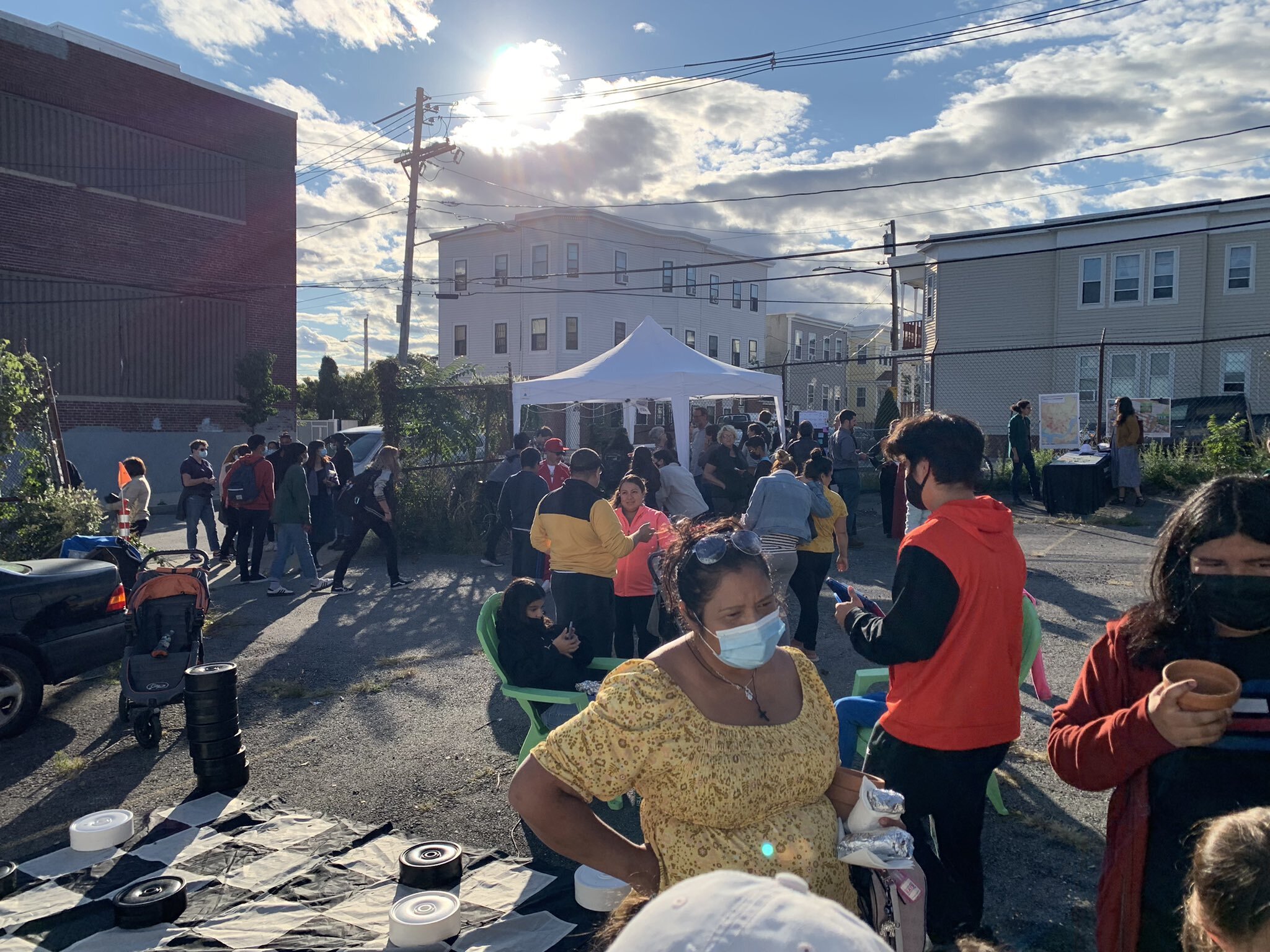Do you worry about extreme heat in your home?
Are you concerned about your electricity bills during the summer?
Click here for resources!

The C-HEAT Study
C-HEAT is an ongoing collaborative research study between GreenRoots and the Boston University School of Public Health. It has been exploring the impacts of heat exposure on the communities of Chelsea and East Boston, Massachusetts since 2020.
-
The main goal of this project is to build the capacity for these communities to respond to extreme heat events. Our research considers heat exposure and related health concerns among the most vulnerable populations in the Chelsea Creek communities.
Our goals also include:
Considering factors of locations and populations at higher risk for heat-related illness and identify potential resources.
Analyzing personal and home exposure to heat and asking: what are the physical, social, economic, and environmental factors contributing to heat exposure?
Engaging city officials and other stakeholders: raising awareness of heat effects within the communities surrounding Chelsea Creek.
-
Our latest publication on extreme heat and air quality.
Our publication on residential heat exposure, along with MA policy recommendations
C-HEAT 2020-2022 Temperature Measurements and Adaptation Findings
Read our booklet on the photovoice exhibit and findings or visit our Virtual Gallery
Click here to watch the Chelsea Cool Block Film!
This episode provides a great opportunity to learn from city residents about heat intensity in Chelsea and offers examples of community-based climate action.
A view from the field: Summer 2021












